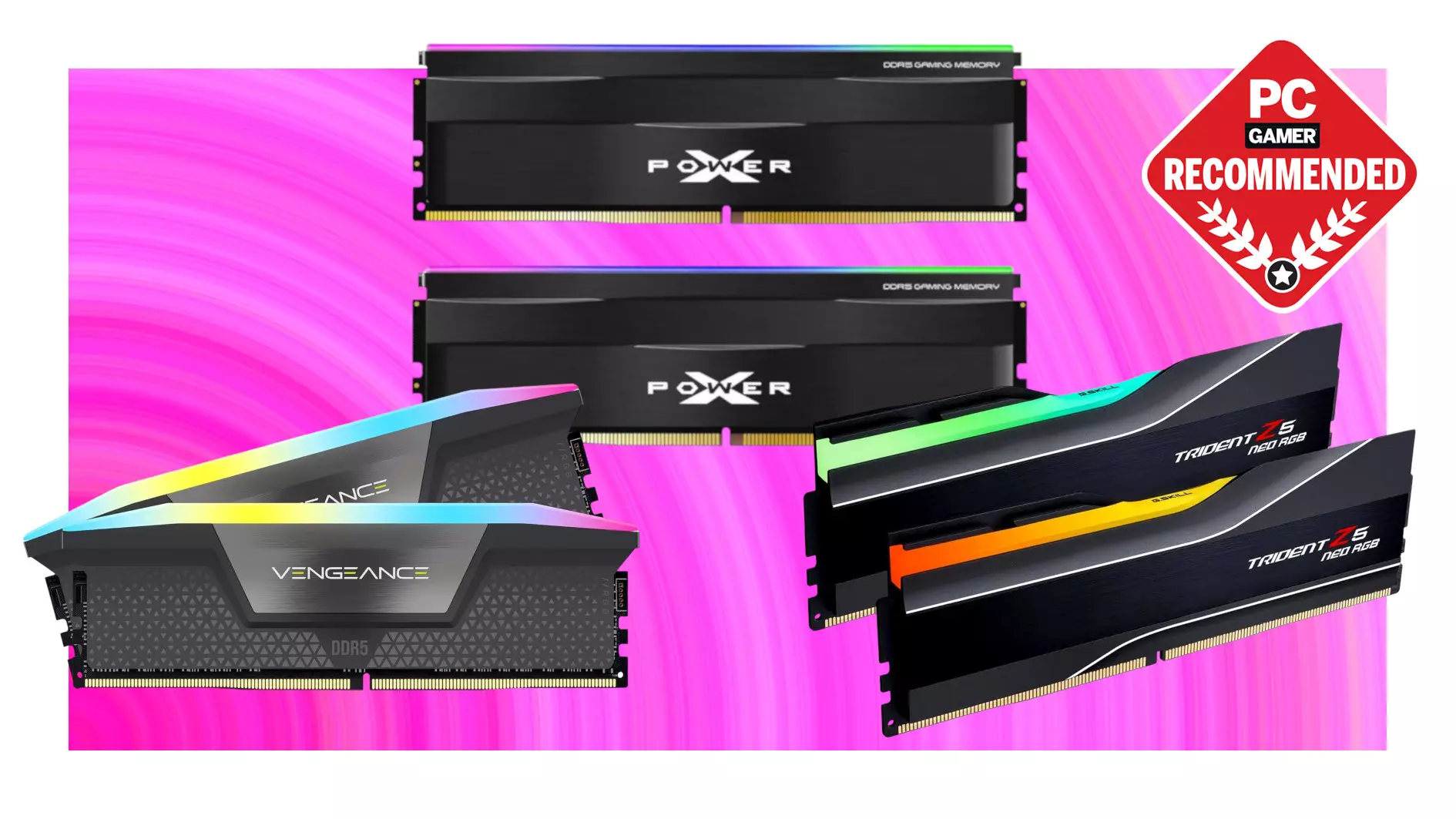For years, the conventional wisdom in gaming circles has dictated that 16 or 32 GB of RAM is more than sufficient for most real-world scenarios. This belief, rooted in the fact that traditional titles rarely utilize more than those amounts, has persisted despite rapid advancements in hardware capabilities. However, this perspective is increasingly outdated, especially as new, more demanding titles and simulation games push the boundaries of hardware performance. Modern PC gaming isn’t just about frame rates anymore; it’s about immersive experiences that demand substantial memory resources—sometimes well beyond the standard. In particular, simulation titles like Flight Simulator 2024 have proven that 64 GB of RAM isn’t just luxury; it’s a necessity for optimal performance.
Why Certain Games Justify Massive Memory Pools
Flight Simulator 2024 exemplifies the new breed of ultra-demanding games that demand extensive system resources. These titles leverage high-fidelity graphics, complex physics calculations, and expansive world data, all of which strain the RAM subsystem. A surprising revelation, backed by thorough testing, reveals that 64 GB of RAM significantly improves load times, reduces stuttering, and enhances overall responsiveness during intensive simulation sessions. While mainstream FPS titles and open-world games often remain within 32 GB limits, the evolution of simulation and creative software is making 64 GB increasingly relevant. These applications set a new benchmark, indicating that what was once considered overkill is now a strategic asset for enthusiasts aiming for longevity in their setups.
Challenging the Assumption That More RAM Means Instability
There is a common misconception that installing higher-capacity RAM sticks, such as 64 GB modules, might introduce stability issues or compatibility headaches. This worry stems from the past, when multi-stick configurations sometimes led to troubleshooting nightmares. Modern DDR5 modules, however, have evolved to offer stability and performance even with larger capacities, especially when only using two sticks. With advancements in memory chip manufacturing, motherboard BIOS updates, and refined compatibility standards, experienced builders now rarely encounter instability solely due to RAM size. This leap in compatibility management emphasizes that, with proper research and matching to your motherboard’s specifications, high-capacity RAM can be both reliable and beneficial.
The Power of Choice: Balancing Speed, Latency, and Compatibility
When selecting 64 GB DDR5 RAM kits, the landscape isn’t as straightforward as it once was. The essence lies not just in capacity but in nuanced factors like data transfer speed, latency timings, and brand reliability. Consider, for instance, three similar kits: all operating at 6,000 MT/s and priced equally, but varying in their CAS latency—ranging from a sharp low latency of 30 to a more relaxed 36. Lower latency modules, such as Silicon Power’s offering, promise quicker responsiveness, translating to marginally better performance in latency-sensitive tasks. Yet, they might demand more compatible motherboards or fine-tuning to stabilize. Meanwhile, reputable brands like G.Skill and Corsair bring proven reliability and easier compatibility, especially for gamers juggling AMD and Intel platforms — their modules are tested across various configurations, alleviating fears of mismatched hardware.
The Real Cost Versus The Performance Payoff
Skeptics might argue that such high-capacity RAM kits are prohibitively expensive. Surprisingly, they are often more affordable than buying multiple smaller kits to reach the same capacity. For example, two 32 GB DDR5-6000 CL30 modules can cost more than a single 64 GB kit, yet deliver comparable performance. This consolidation not only saves money but also reduces potential compatibility issues. In terms of long-term investment, having 64 GB of RAM provides a future-proofing layer, rendering repetitive upgrades unnecessary for years. Especially as software developers continue to optimize programs and utilize more system memory, acquiring high-capacity RAM is not a frivolous luxury but a strategic move in building a resilient, high-performance gaming and multitasking machine.
Final Reflection: Is Bigger Truly Better?
The paradigm shift in gaming hardware suggests that 64 GB of RAM is no longer an over-the-top spec reserved for niche applications. Instead, it’s an essential component for those seeking to maximize their gaming and simulation experiences, especially with titles that push the envelope of current hardware capabilities. Building a system with this level of memory requires a thoughtful approach—matching components, understanding latency versus speed trade-offs, and prioritizing stability. But once these considerations are managed, the payoff is unmistakable: smoother gameplay, faster load times, and a system poised to handle the most demanding software in the foreseeable future. Embracing the era of ultra-capacity RAM ultimately signifies a commitment to performance, longevity, and uncompromised user experience.

